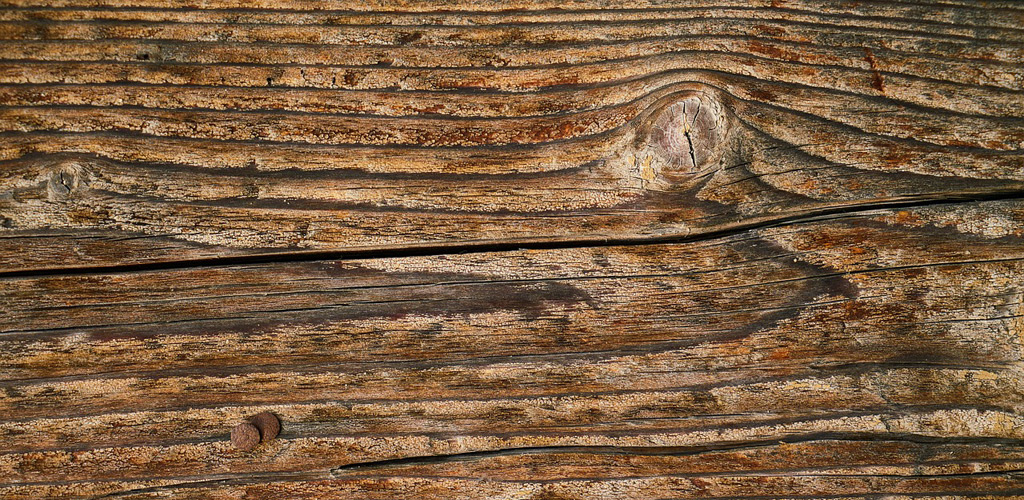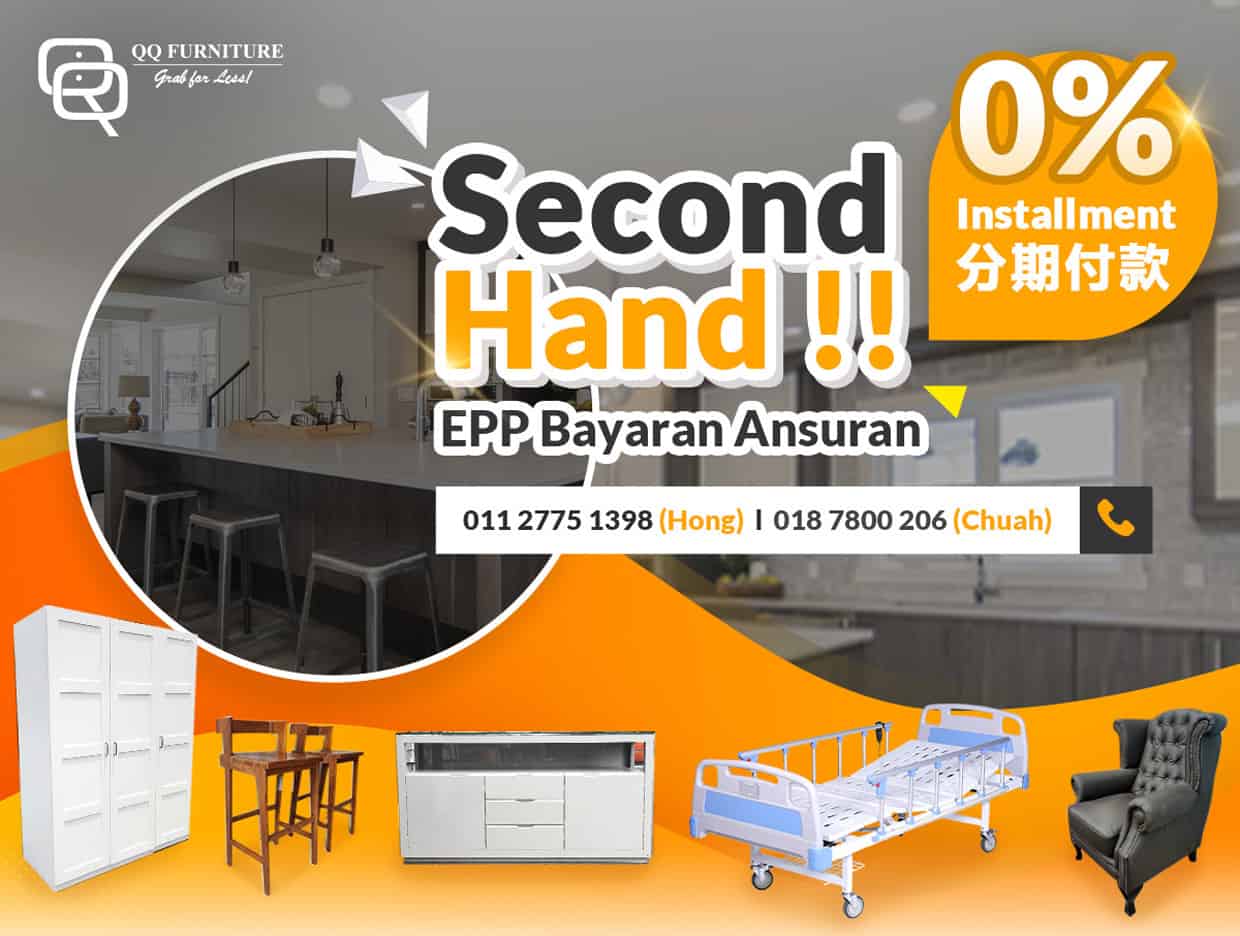Are you tired of investing in furniture made of different wood types that disappoint you with their quality and durability? Have you heard about Malaysian wood being a great option for furniture but are hesitant to give it a try? If your answer is yes, just give this article a quick read.
We’ll examine the quality and advantages of using Malaysian wood as a material for furniture. By the end of this piece, you’ll have a better understanding of whether or not Malaysian wood can meet your furniture needs. Let’s delve into the potential of this fascinating wood type together.

Table of Contents
What is Malaysian wood?
Malaysian wood refers to the wood species that are grown and harvested in Malaysia, a Southeast Asian country renowned for its lush tropical forests. Some of the commonly used Malaysian wood species include rubber wood, meranti, teak, and acacia. These woods are known for their excellent strength, durability, and beautiful grains, making them ideal for furniture-making, construction, and woodcraft.
The primary uses of Malaysian wood are in the furniture and construction industries, where it’s used to make a variety of products such as cabinets, flooring, doors, and window frames. Malaysian wood is also popular in the manufacturing of decorative and functional woodcrafts.
Malaysian wood has a positive image in the furniture market due to its exceptional quality and durability. It’s widely regarded as a reliable, affordable, and sustainable alternative to other expensive hardwoods like oak and mahogany. The pricing of Malaysian wood is competitive and generally affordable, making it a preferred choice for budget-conscious consumers who still desire high-quality furniture.
Advantages of using Malaysian wood for furniture
Here are the benefits you can get by using Malaysia wood for furniture:
1. Malaysian wood has premium quality
Malaysian wood is well-known for its high quality and durability, which is why it is often used in high-end furniture manufacturing. This wood has a strong resistance to rot, decay, and insect infestation, making it an excellent option for furniture that will last a long time.
2. Malaysia wood offers versatility in furniture
Malaysian wood is versatile, and it can be used for various types of furniture, including chairs, tables, cabinets, and beds. It also can be easily cut and shaped, making it an excellent option for custom furniture design.
3. Malaysian wood furniture is aesthetically pleasing
Malaysian wood is known for its appealing visual qualities, as it possesses distinctive grain patterns, colors, and textures that can elevate the aesthetics of furniture pieces. Moreover, the wood is easily customizable and can be finished, stained, or painted to complement any desired decor style.
4. Malaysian wood furniture is a sustainable choice
Malaysian wood is a sustainable option, and the country has strict regulations in place to ensure responsible forestry practices. This means that furniture manufacturers can source wood from Malaysia with confidence, knowing that they are contributing to a sustainable industry.
5. Malaysia wood furniture saves you money
Malaysian wood is an affordable option, and furniture manufacturers can obtain high-quality wood at a reasonable price. This makes it an excellent choice for furniture manufacturers who want to offer high-quality, yet affordable, furniture options to consumers.
Disadvantages of using Malaysian wood for furniture
While Malaysian wood offers many advantages for furniture manufacturing, there are also some disadvantages to consider. Below are the potential disadvantages of using Malaysian wood for furniture:
1. Malaysia wood may have environmental concerns
While Malaysian wood is a sustainable option, there are still concerns about deforestation and habitat destruction. The ever-increasing demand for Malaysian wood has led to illegal logging and poor forestry management practices, which can lead to environmental degradation.
2. Malaysian wood has limited availability
Some types of Malaysian wood are becoming scarce due to overuse and poor forest management practices. This can make it challenging for furniture manufacturers to obtain high-quality Malaysian wood at reasonable prices.
3. Malaysian wood is prone to cracking
Malaysian wood is known to be susceptible to cracking, which can occur due to changes in temperature and humidity. This means that furniture made from Malaysian wood may require more maintenance to prevent cracking and warping.
4. Malaysian wood is heavy
Malaysian wood is dense and heavy, which can make it challenging to move and transport furniture made from this wood. This can be a disadvantage for furniture manufacturers who need to ship their products to different locations or owners who have to relocate the furniture frequently.
5. Cost of Malaysian wood
While Malaysian wood can be an affordable option, some high-quality types of Malaysian wood can be expensive. This can make it challenging for furniture manufacturers who want to offer high-quality Malaysian wood furniture at competitive prices or people who wish to have high-quality furniture without depleting their bank balance.
Which Malaysian wood is best for furniture?
Several types of Malaysian wood are popular for furniture making, including Merbau, Teak, Rubberwood, and Nyatoh.
Merbau is a hardwood with high durability and unique reddish-brown color that is often used for outdoor furniture. Teak is also a durable hardwood with a beautiful golden-brown color that is resistant to rot and decay. Rubberwood is a versatile and sustainable option, while Nyatoh is a lighter hardwood with a pinkish-brown color that is often used for indoor furniture.
Ultimately, the best Malaysian wood for furniture will depend on the specific needs and preferences of the furniture manufacturer and consumer.
Is Malaysian hardwood durable?
Yes, Malaysian hardwood is known for its durability and strength. It has a strong resistance to rot, decay, and insect infestation, making it an excellent option for furniture that will last a long time. Malaysian hardwood is often used for high-end furniture manufacturing due to its quality and durability. However, it is important to note that the durability of Malaysian hardwood can vary depending on the specific type of wood and its environmental conditions.
Is Malaysian wood water-resistant?
Some types of Malaysian wood, such as Teak, Kempas, Belau, and Merbau are known for their water-resistant properties. These woods have a natural resistance to moisture, which makes them a popular choice for outdoor furniture, decking, and boat building.
However, other types of Malaysian wood may not be as water-resistant and may require treatment to protect against moisture damage. It is important to consider the specific type of Malaysian wood and its intended use when assessing its water-resistant properties.
Malaysian wood types
Some of the most popular Malaysian wood types include Merbau, Teak, Rubberwood, Nyatoh, Kempas, and Balau.
Merbau is a durable hardwood with a unique reddish-brown color, while Teak is a golden-brown hardwood that is resistant to rot and decay. Rubberwood is a versatile and sustainable option, while Nyatoh is a lighter hardwood with a pinkish-brown color. Kempas and Balau are popular for outdoor use due to their water-resistant properties.
Which is better Malaysian wood or Mahogany?
Malaysian wood is a favored material for furniture making because of its outstanding qualities such as durability, sustainability, and unique grain patterns. It is commonly used in outdoor furniture, decking, and boat building due to its water-resistant properties. Meanwhile, mahogany is renowned for its natural reddish-brown hue and has been a staple in furniture making for centuries. Although mahogany is more expensive than Malaysian wood, it boasts a luxurious appearance and a rich history in furniture manufacturing. Ultimately, the choice between the two will depend on several factors such as the specific needs and preferences of the furniture maker and consumer, availability, and cost.
Malaysian wood Vs Gmelina
Malaysian wood and Gmelina are both popular materials for furniture making. Malaysian wood is favored for its durability, sustainability, and unique grain patterns. Gmelina, on the other hand, is a lighter wood that is easier to work with and has a uniform texture. It is known for its strength, stability, and resistance to decay.
In terms of appearance, Malaysian wood tends to have more distinctive grain patterns and colors compared to Gmelina, which has a more consistent appearance. However, Gmelina is often preferred for furniture pieces that require intricate designs or carvings due to its ease of workability. Both types of wood are durable and sustainable options for furniture making, and the choice between the two ultimately depends on the specific project requirements, desired aesthetics, and budget.

